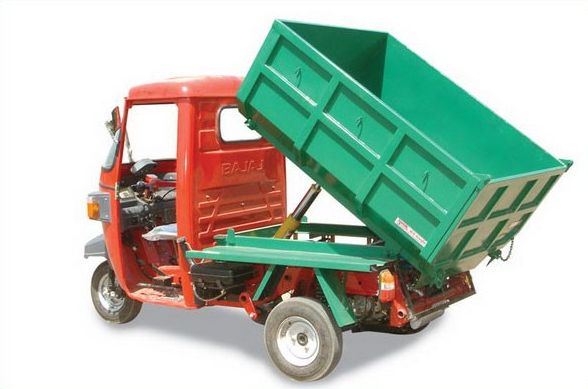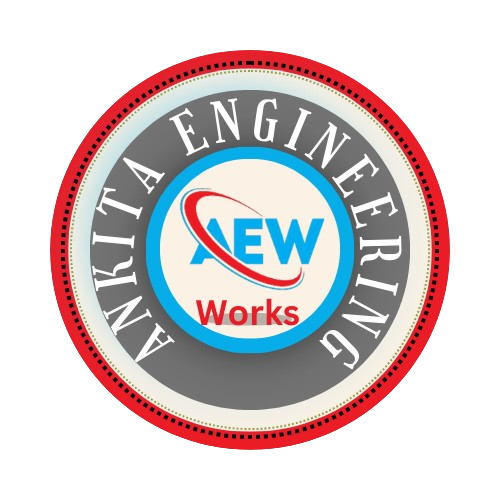
Auto Tipper
Auto Tipper Engineering Works focuses on the design, manufacturing, and maintenance of Auto Tippers—automated vehicles used for transporting bulk materials such as gravel, sand, construction debris, agricultural products, and waste. These vehicles are designed to tilt or “tip” to unload their contents quickly and efficiently, making them ideal for industries like construction, mining, agriculture, and waste management.
Key Aspects of Auto Tipper Engineering Works:
1. Design & Manufacturing:
- Chassis and Frame: The frame of an Auto Tipper is constructed from heavy-duty steel or alloys, designed to handle heavy loads and withstand rough terrains. The design ensures the vehicle is durable, stable, and capable of carrying substantial weight.
- Body Structure: The tipping body of the vehicle, typically made from steel, aluminum, or other lightweight but strong materials, is designed to securely hold the material being transported. It is equipped with a tilting mechanism for efficient unloading.
- Hydraulic System: Auto Tippers are equipped with hydraulic cylinders that allow the body to tilt and unload the materials. This hydraulic system is the core of the tipping function, and its capacity determines how much weight the vehicle can handle.
- Powertrain: The engine and transmission systems of the vehicle are designed to provide sufficient power to carry heavy loads over different terrains. Depending on the design, the engine can be powered by diesel, petrol, or electric motors, with electric versions becoming more popular for their eco-friendliness.
- Suspension and Tires: Auto Tippers are often designed with robust suspension systems and large tires to handle the stresses of heavy loads and rough terrain, especially in construction and mining environments.
2. Types of Auto Tippers:
- Rear Tippers: The most common type, where the body tilts backward to dump the material. This is often used for construction materials like gravel, sand, and debris.
- Side Tippers: These vehicles have a body that tilts to either side for unloading. Side tippers are commonly used in bulk material transportation, such as agricultural products or coal.
- Front Tippers: Less common but still in use, where the tipping body tilts forward for unloading. These are more specialized for specific industries or situations.
- Mini Tippers: Smaller versions of the Auto Tipper, often used in urban areas or for smaller tasks, such as landscaping or small-scale construction.
- Articulated Tippers: These are vehicles with a flexible joint that allows the cab and the tipping body to move independently. This helps improve maneuverability in tight spaces.
